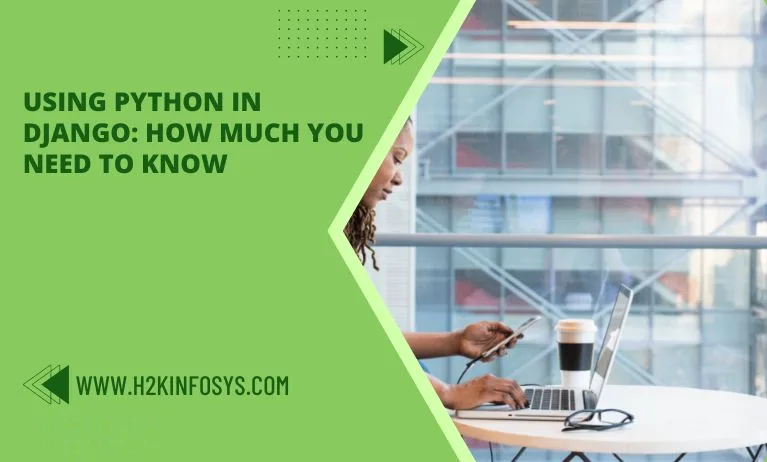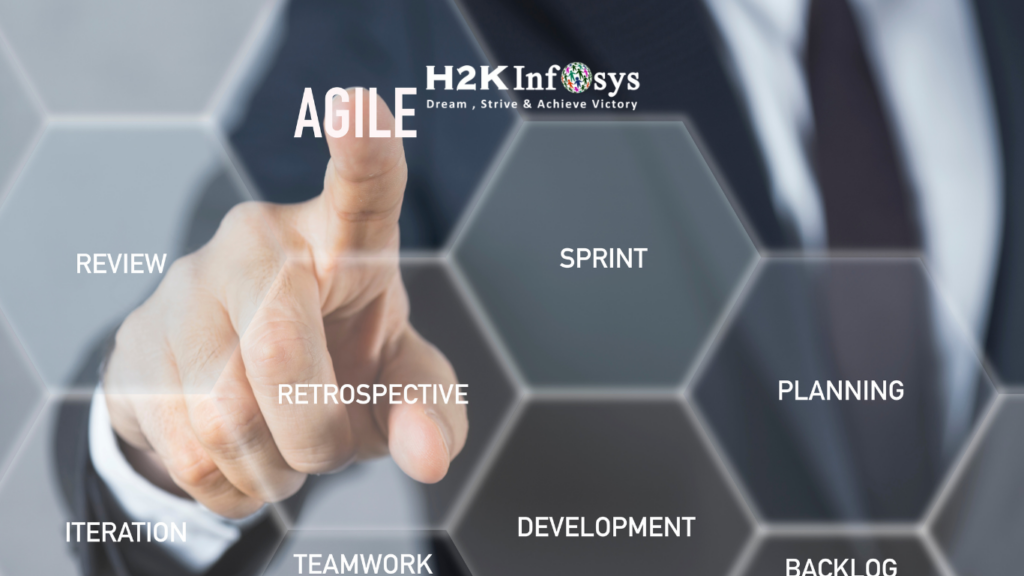If you aren’t comfortable with Python, jumping to Django right away might not be a good idea. It frequently happens that we run into problems while developing an application in Django, but the troubles are not caused by the framework; rather, they are caused by Python.
The quick answer to the question, “Do you need to understand everything in Python to start Django?” is “No.”
Instead of studying everything, there is to know about Python before beginning to use Django, learn just enough to enable you to do both: begin using Django while simultaneously learning Python. Start developing an application and discover what kinds of issues you encounter in the real world as you go. Trial and error will be used for around half of the code, along with research. You won’t have to spend a lot of time studying Python and Django if you choose this strategy.
If you’re a newbie, you must master many of Python’s fundamental principles; if you’re an experienced developer, all you need to know is Python’s syntax for these concepts. To find out more about Python, visit a reliable online Python training resource. The Python concepts listed below are prerequisites for using Django.
1.Install Python and become familiar with pip and functions.
The first thing you must do is download and install Python. Recognize how to install Django and execute a basic pip installation. Once you’re finished, start by learning the fundamentals.
2.Basics Concepts.
If you’re new to programming, you should first grasp the fundamentals of Python. The fundamentals of Python include variables, data types, conditional expressions, and for-loops, among other things. It’s crucial to comprehend these ideas in order to move on in both programming and python. These ideas are included in all programming languages. If the fundamentals are not clear to you, Django will be quite difficult for you to use.
3.Iterables.
After mastering the fundamental ideas, you must understand iterables. Lists and tuples are referred to as iterables in Python. You can use for loops or while loops to cycle through it using its objects. These items are crucial for allowing us to loop over the enormous amount of data.
You will be working with Querysets a lot in Django. In addition to being objects, query sets also have several additional features that make it possible to carry out more complex operations like filtering, mutations, comparisons, etc. Because they are iterables, query sets act in the same manner even though they are a little more complicated than lists.
In the same way we can loop through lists and tuples, we can do the same with querysets. Therefore, if you’re not comfortable with lists, tuples, and iterating through an object, you’ll probably have trouble with Django’s query sets. Furthermore, be sure that you are familiar with iterables and how to iterate over an object.
4.Dictionaries.
Key-value pairs are used by dictionaries to store data in Python. For instance, you could make an object with the first name, last name, and age. All of the values can be kept in the dictionary. You will use dictionaries in Django when adding the “context” to a template.
An HTML template contains context information that is accessible. The idea behind using templates in Django is context. For this reason, you should first comprehend it as a Python object. Additionally, be familiar with dictionary terms like “.update” and “.pop.”
5.Functions.
In all programming languages, functions are crucial notions. You’ll write a lot of functions while using Django. Before diving into Django, it is a good idea to get familiar with its features and operation. Additionally, while dealing with Django, be aware of the terms “*args and **kwargs.”
6.Decorators.
Decorators can be learned at any time. It is not frequently used in applications. Decorators add more functionality for you. You will see this in Django when login requires decorators. You can also use the already occurring decorators. Using decorators is quite straightforward in an application. Recognize what happens inside the decorators, how to write your decorator and how they function.
7.Classes.
Django’s classes are an essential component. Before you begin working with Django, familiarise yourself with the idea of classes. The majority of the code you write in Django will be utilising classes. Models, Forms, and Views all utilise classes in Django. Although you can also use functions, classes streamline your program.
8.Packages.
Packages are yet another crucial Python subject to grasp. You will import many classes and functions from Django modules when working with it. If you don’t know how to import and work with libraries and third-party packages, your Django application will be quite difficult to develop.
You can start using python libraries like “numpy” and “pandas.” Recognize how to use and import Python packages.
9.Basic Understanding of HTML and CSS.
Although they have nothing to do with Python, HTML and CSS are essential for Django. HTML and CSS are used by Django Templates to structure and style the web pages. These web pages are created dynamically by Django with the use of dictionaries and Python iterable. Django templates are also capable of self-extension. Therefore, having a solid understanding of HTML tags and CSS characteristics will improve the way you dynamically show these web pages.
Conclusion
If you don’t have a solid understanding of Python’s fundamentals, learning Django is challenging. Even if you don’t study everything in Python, you should at least understand the basics to get started with the Django application. Pay close attention to Python’s classes and object-oriented programming. It will be easier for you to start using Django if the fundamentals are clear to you. You can check out the online Python certification course to learn the fundamentals of Python.





























